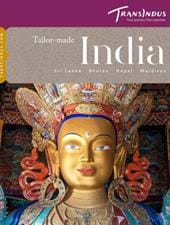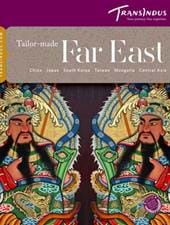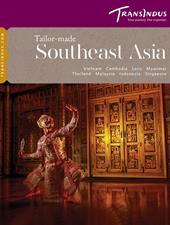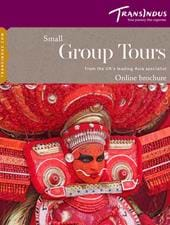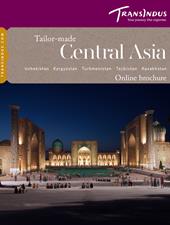The far north of Laos retains the highest proportion of ethnic minority people in the country – a fact attributable to its convoluted geography of deep, isolated valleys and forested mountains. Collectively referred to as ‘Lao Sung’ (‘Highland Lao’), the groups are defined by their distinct languages and – most visibly – traditional forms of architecture, dress and jewellery.
For generations, opium cultivation provided a principal source of income for many minority villages, but in recent decades the Lao government has tried to suppress the practice and now very little of the region is given over to poppy cultivation. Markets days in provincial hubs such as Muang Sing and Luang Namtha yield the best opportunities to see minority women in their ornate and colourful attire. Most vibrant of all are the Hmong, with their elaborately embroidered, indigo-dyed clothing. Equally distinctive, due to their heavy silver headdresses, are the women of the Akha tribe, who you’ll encounter at Luang Namtha where they hawk hand-woven textiles.
The other main groups are the Mien (or ‘Yao’), a Taoist minority distinguished by their bulky black turbans, and the Lanten, a subgroup of the Mien known for their paper making skills.
The best way to experience the disappearing lifestyles of the Lao Sung is to join a guided trek to their remote villages, some of which have small homestays where you can spend a night in a family home, sharing meals and helping with agricultural work. Our consultants can advise you on the best ones to choose.

